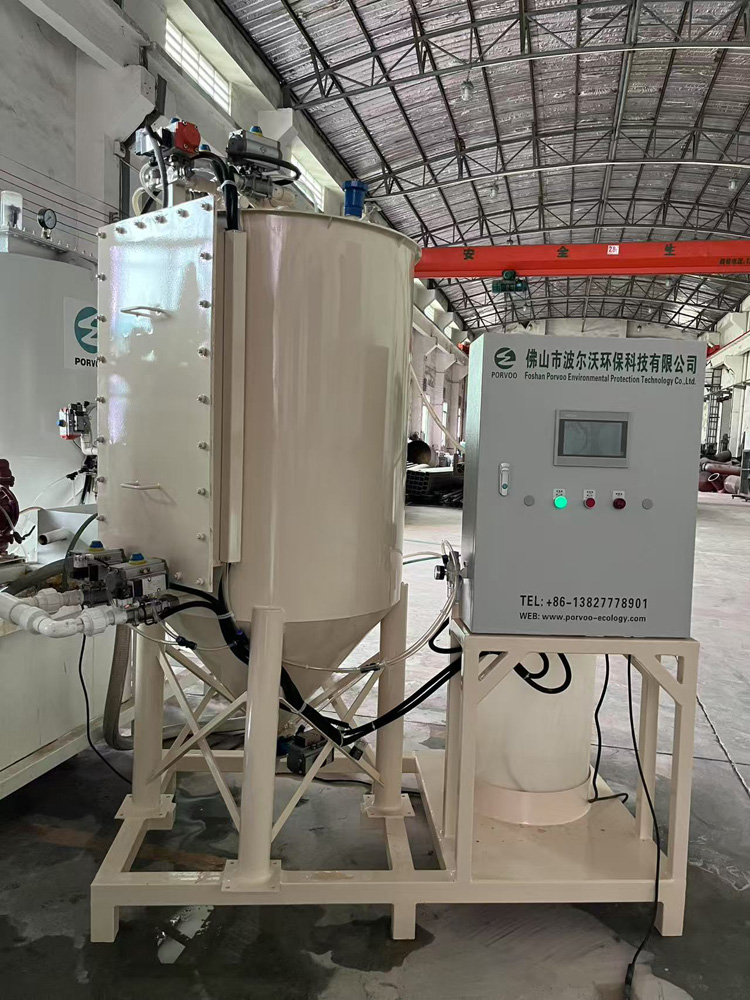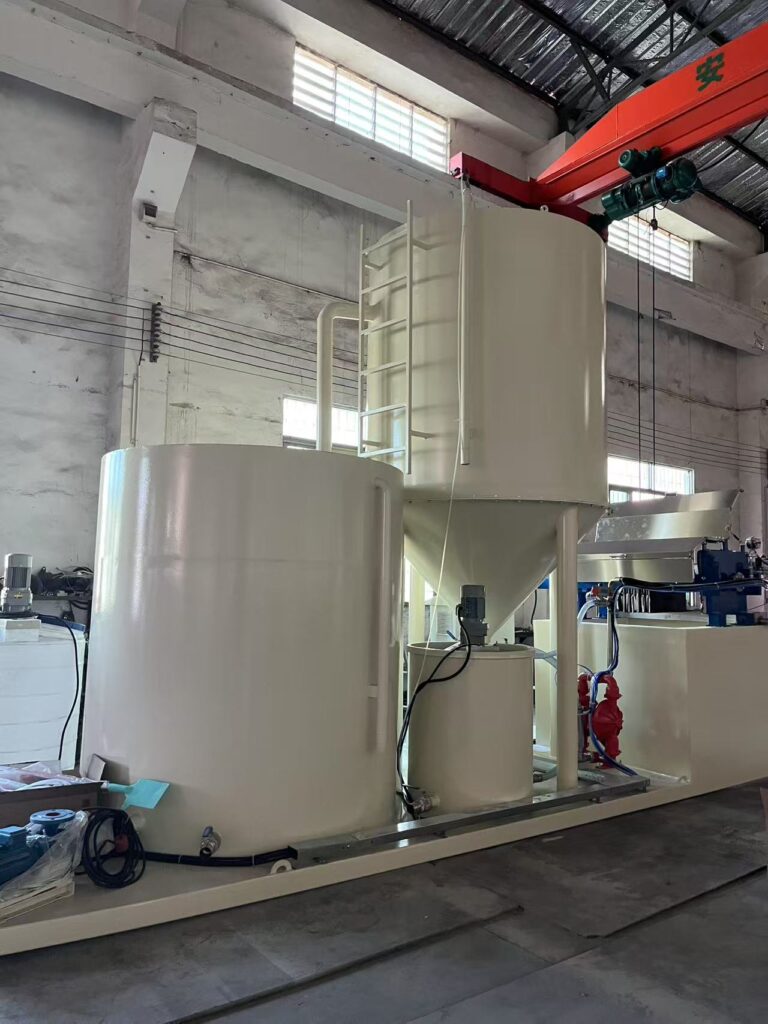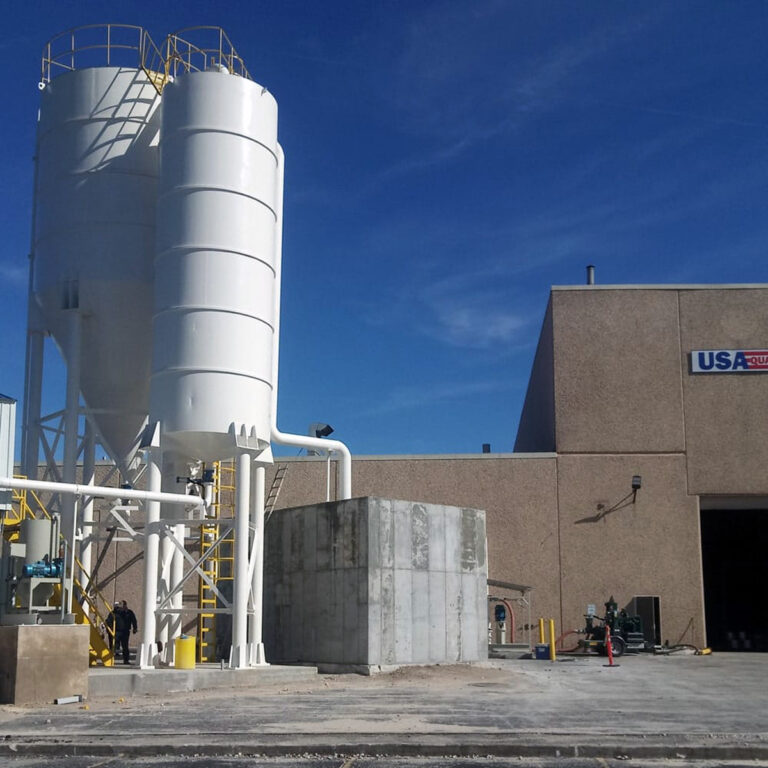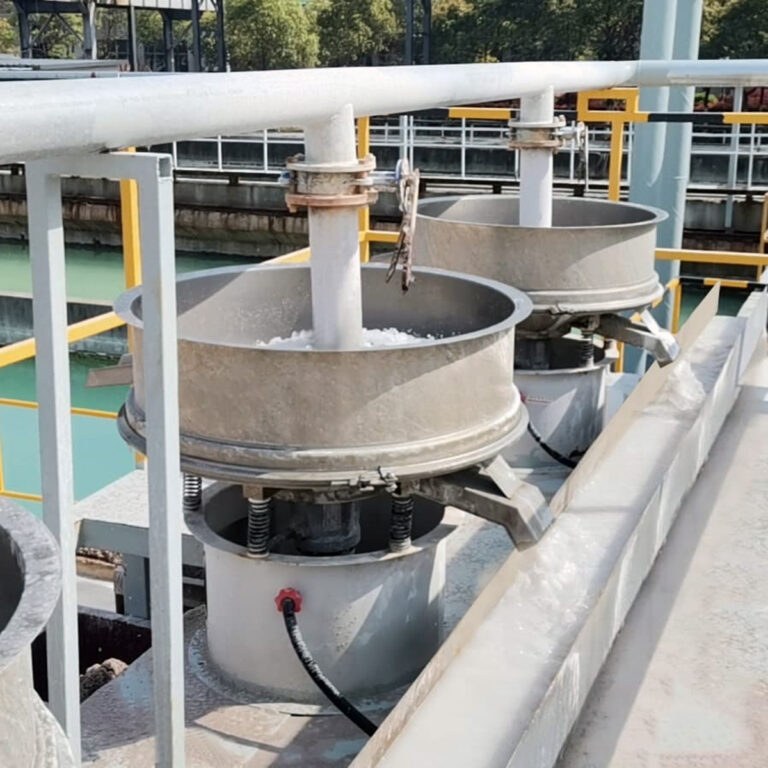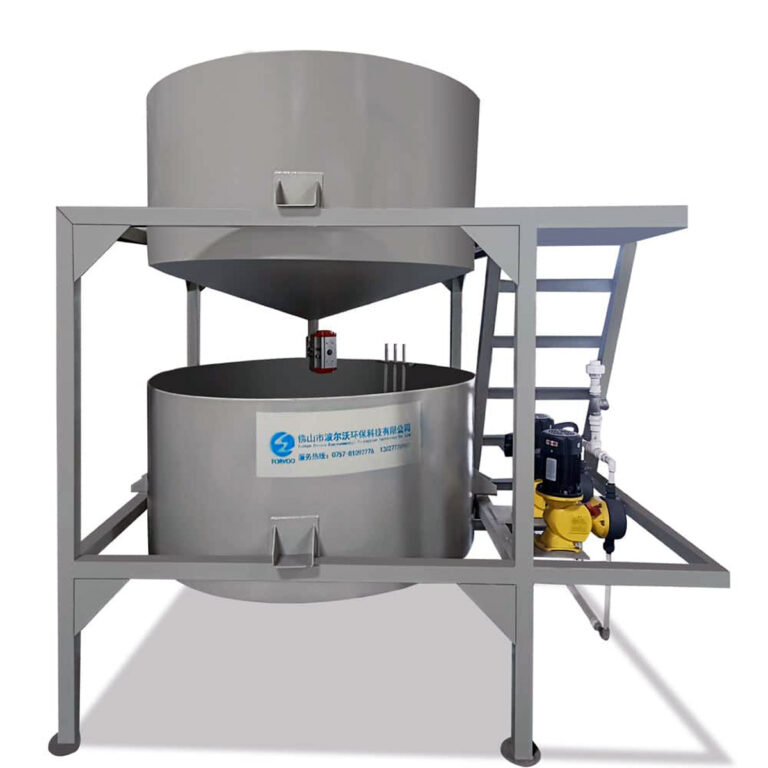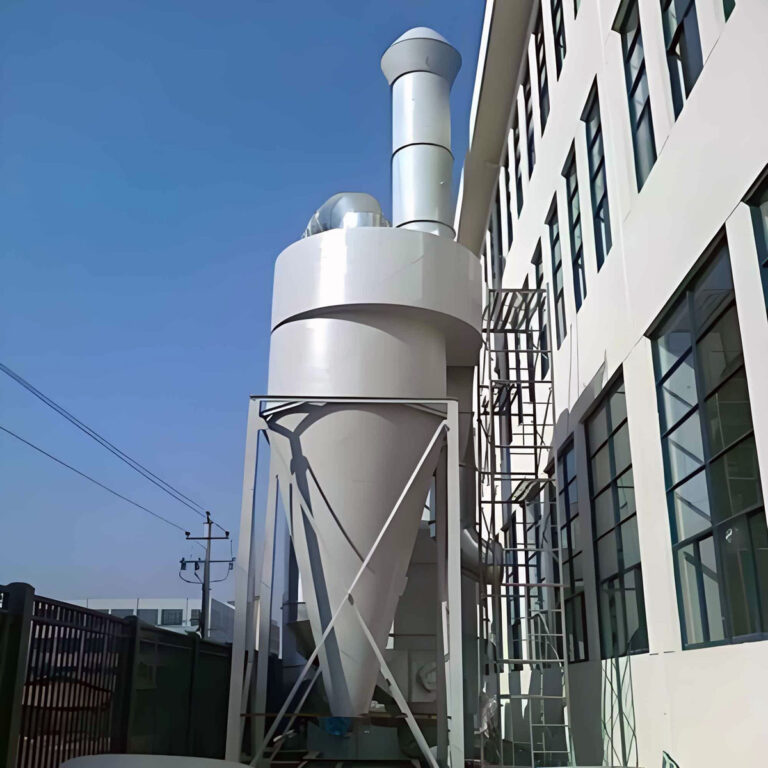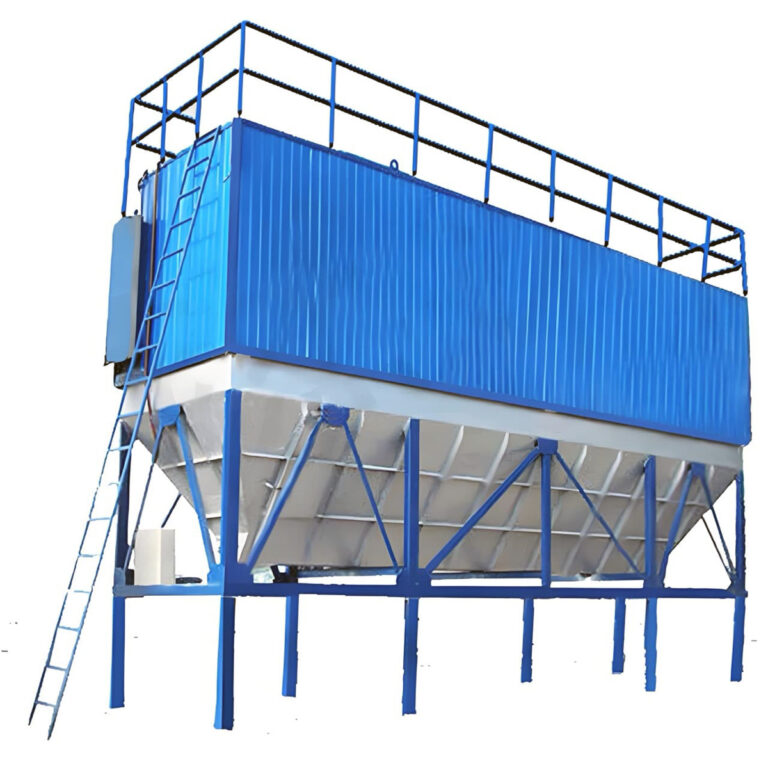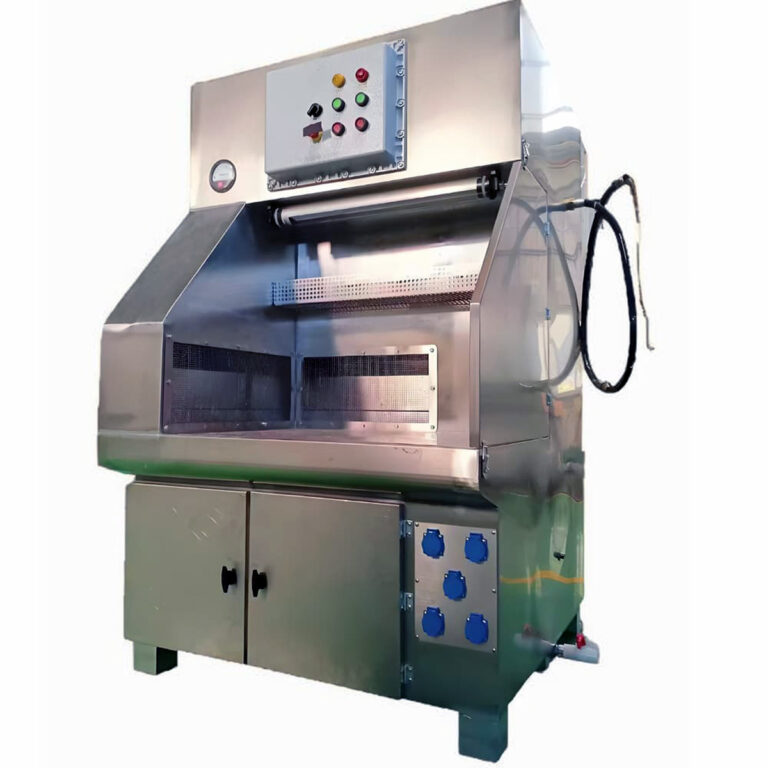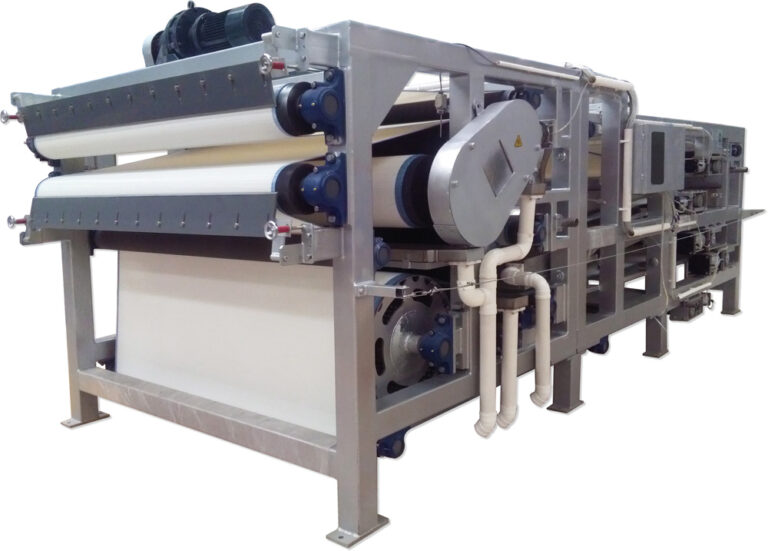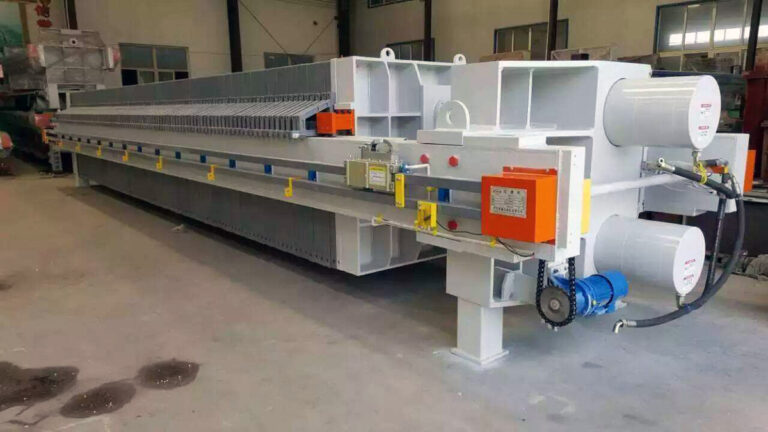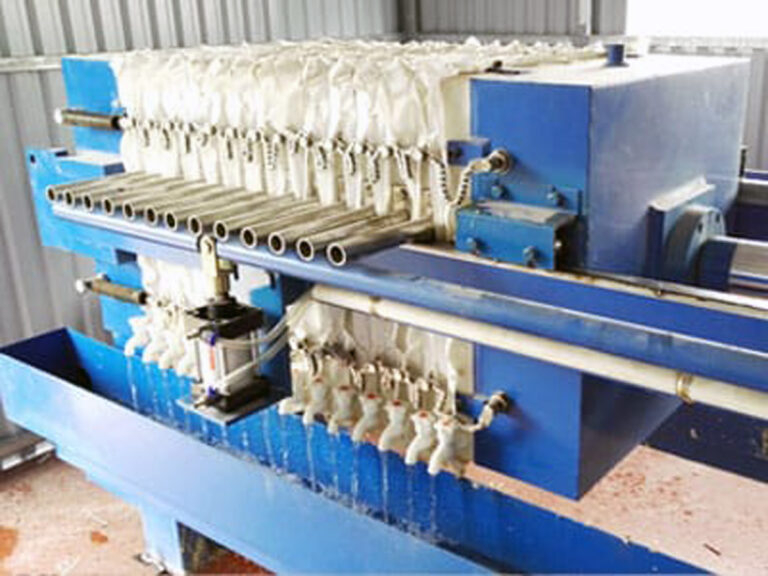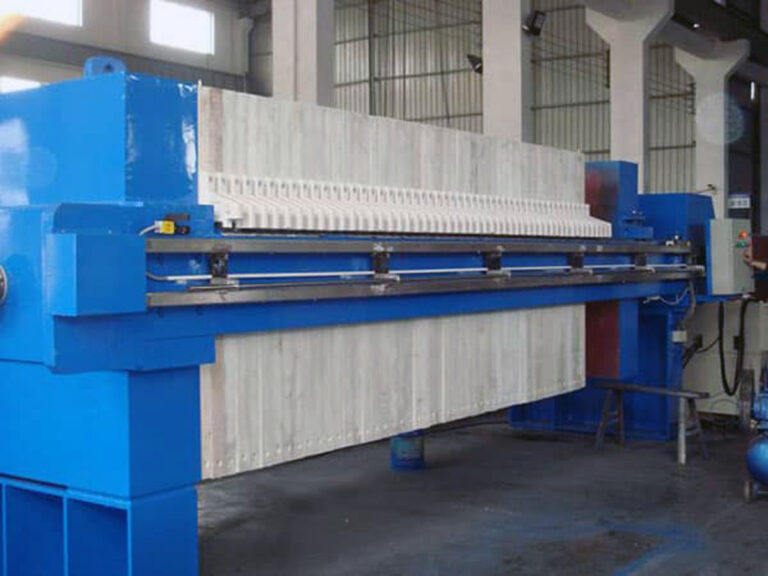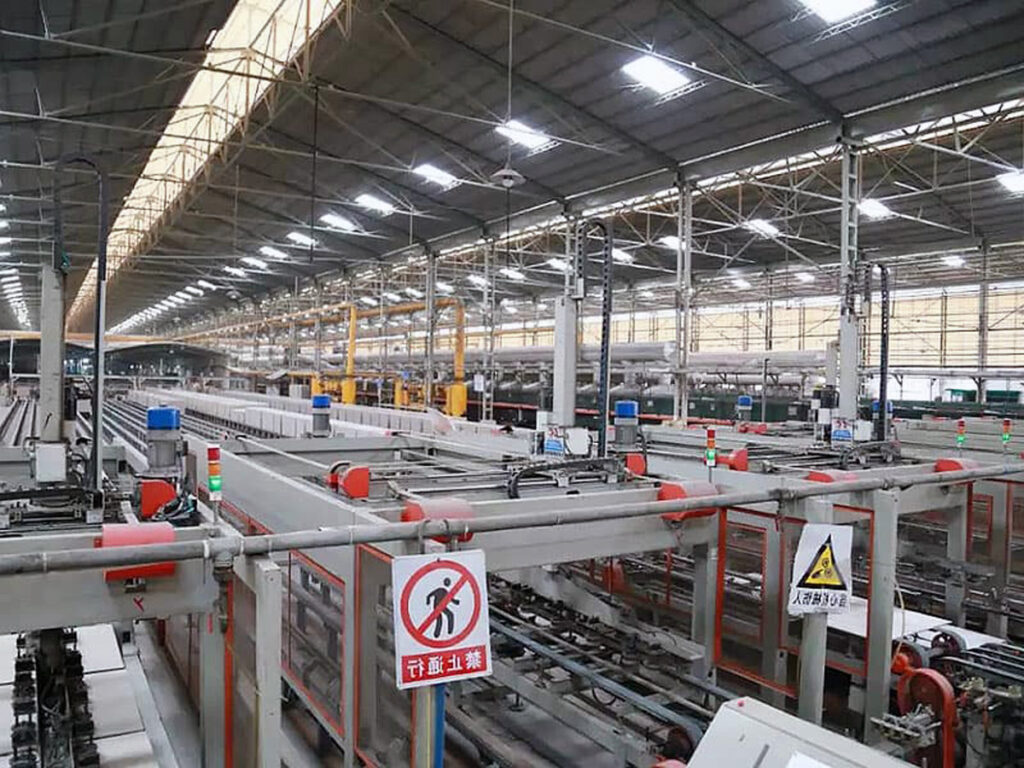Nanofiltration represents a sophisticated membrane separation technology positioned between ultrafiltration and reverse osmosis in terms of pore size and separation capabilities. PORVOO has observed significant adoption of these systems across diverse industrial applications due to their unique selective separation characteristics.
Membrane Technology Fundamentals
The core of nanofiltration lies in its semi-permeable membranes with pore sizes ranging from 0.5 to 2 nanometers. These membranes demonstrate remarkable selectivity, effectively rejecting molecules with molecular weights between 200-1000 Daltons while allowing smaller molecules and monovalent ions to pass through. Operating pressures typically range from 5-20 bar, considerably lower than reverse osmosis systems.
Research from the International Water Association indicates that nanofiltration membranes achieve 85-95% rejection rates for divalent ions like calcium and magnesium, while maintaining 10-80% passage rates for monovalent ions such as sodium and chloride. This selective permeability makes nanofiltration particularly valuable for applications requiring precise separation control.
Separation Mechanisms in Industrial Applications
The separation process in nanofiltration operates through multiple mechanisms working simultaneously. Size exclusion prevents larger molecules from passing through membrane pores, while electrostatic interactions between charged membrane surfaces and ionic species create additional selectivity. Donnan exclusion effects further enhance the rejection of multivalent ions.
In our experience with industrial implementations, the charge characteristics of nanofiltration membranes play a crucial role in performance optimization. Negatively charged membranes demonstrate enhanced rejection of anionic species, while neutral membranes provide more balanced separation characteristics for mixed contaminant streams.
| Separation Mechanism | Primary Target | Rejection Efficiency |
|---|---|---|
| Size Exclusion | Organic molecules >300 Da | 90-99% |
| Electrostatic Interaction | Multivalent ions | 85-95% |
| Donnan Exclusion | Charged species | 70-90% |
Why Choose Nanofiltration for Wastewater Treatment?
The growing adoption of nanofiltration wastewater treatment stems from its unique ability to address specific treatment challenges while offering operational advantages over alternative technologies. Industry data shows that nanofiltration installations have increased by 45% over the past five years, driven by both regulatory requirements and economic incentives.
Selective Removal Capabilities
Nanofiltration excels at removing specific contaminants while preserving beneficial components in treated water. This selective approach proves particularly valuable in applications where complete demineralization is unnecessary or undesirable. For instance, in pharmaceutical wastewater treatment, nanofiltration can remove active pharmaceutical ingredients while maintaining water conductivity suitable for discharge or reuse.
According to Dr. Sarah Chen, a membrane technology specialist at the Water Research Institute, “Nanofiltration offers the optimal balance between treatment effectiveness and energy efficiency for many industrial applications. The technology’s selectivity allows for targeted contaminant removal without the energy penalty associated with reverse osmosis.”
Energy Efficiency Advantages
Compared to reverse osmosis systems operating at 15-70 bar, nanofiltration’s lower operating pressure requirements translate to significant energy savings. Case studies from textile industry applications demonstrate 30-40% lower energy consumption when nanofiltration is employed for color and dissolved organic removal compared to reverse osmosis alternatives.
The energy efficiency becomes particularly pronounced in high-volume applications. A recent installation at a chemical manufacturing facility processing 500 m³/day of wastewater achieved energy consumption of 0.5-1.2 kWh/m³, substantially lower than the 1.5-3.0 kWh/m³ typically required for reverse osmosis systems treating similar waste streams.
How to Optimize Nanofiltration Performance in Industrial Settings?
Nanofiltration performance optimization requires systematic attention to membrane selection, operating parameters, and system configuration. Our analysis of industrial installations reveals that properly optimized systems consistently achieve 15-25% better performance than baseline configurations.
Membrane Selection and Configuration
Membrane selection represents the most critical factor in system performance. Composite polyamide membranes demonstrate superior chemical stability and flux rates for most industrial applications, while ceramic membranes offer advantages in high-temperature or aggressive chemical environments. The choice between spiral-wound and tubular configurations depends on feedwater characteristics and fouling potential.
Performance data from a pharmaceutical wastewater treatment application shows that proper membrane selection can achieve:
- 95% rejection of active pharmaceutical compounds
- 85% water recovery rates
- 18-month membrane lifespan with proper pretreatment
Operating Parameter Optimization
Temperature, pressure, and crossflow velocity significantly impact separation performance and membrane longevity. Operating temperatures between 20-35°C typically provide optimal flux rates while maintaining membrane integrity. Pressure optimization involves balancing productivity with energy consumption and membrane stress.
Industry best practices suggest maintaining crossflow velocities of 0.8-2.0 m/s to minimize concentration polarization while avoiding excessive energy consumption. Regular monitoring of normalized specific flux and salt passage rates provides early indicators of performance degradation.
| Parameter | Optimal Range | Performance Impact |
|---|---|---|
| Temperature | 20-35°C | ±25% flux variation |
| Pressure | 8-15 bar | Linear productivity relationship |
| Crossflow Velocity | 0.8-2.0 m/s | Fouling control |
| pH | 4-10 | Membrane stability |
Pretreatment Strategies
Effective pretreatment is essential for maintaining consistent nanofiltration performance. Suspended solids removal through multimedia filtration, followed by cartridge filtration to <5 NTU, provides baseline protection against membrane fouling. Chemical pretreatment may include pH adjustment, antiscalant addition, and chlorine removal depending on feedwater characteristics.
A comprehensive industrial wastewater treatment solution incorporating optimized pretreatment can extend membrane life by 40-60% while maintaining stable performance throughout the operational cycle.
What Are the Key Applications of Industrial Nanofiltration Systems?
Industrial nanofiltration systems find extensive application across diverse sectors, with each industry leveraging the technology’s selective separation capabilities for specific treatment objectives. Market analysis indicates strongest growth in chemical processing, food and beverage, and pharmaceutical sectors.
Chemical Industry Applications
Chemical manufacturing generates complex wastewater streams containing dissolved organics, heavy metals, and various ionic species. Nanofiltration provides effective separation of valuable compounds for recovery while preparing wastewater for discharge or further treatment. A petrochemical facility in Texas successfully implemented nanofiltration to recover glycol from process wastewater, achieving 92% recovery rates while reducing disposal costs by $1.2 million annually.
The technology proves particularly effective for removing color-causing compounds and reducing chemical oxygen demand (COD) in chemical wastewater. Typical performance includes 70-85% COD reduction and >95% color removal, enabling compliance with stringent discharge requirements.
Food and Beverage Processing
In food processing applications, nanofiltration serves dual purposes of wastewater treatment and product recovery. Dairy processing facilities utilize nanofiltration to concentrate whey proteins while treating process wastewater. Beverage industries employ the technology for water recovery and treatment of cleaning-in-place (CIP) solutions.
As noted by industry consultant Mark Rodriguez, “Nanofiltration has revolutionized food processing wastewater management by enabling simultaneous treatment and resource recovery. The technology’s gentle separation characteristics preserve valuable proteins and sugars while removing unwanted compounds.”
How Does Chemical-Free Nanofiltration Technology Work?
The shift toward chemical-free nanofiltration reflects growing environmental consciousness and operational cost considerations. This approach minimizes or eliminates chemical additives traditionally used in membrane systems, relying instead on physical separation mechanisms and optimized system design.
Sustainable Treatment Approaches
Chemical-free operation requires careful attention to feedwater characteristics and system configuration. Advanced membrane materials with enhanced fouling resistance reduce the need for chemical cleaning agents. Frequent backwashing with permeate water and optimized crossflow patterns help maintain membrane performance without chemical intervention.
A textile manufacturing facility in North Carolina successfully operates a chemical-free nanofiltration system processing 300 m³/day of dye-containing wastewater. The system achieves 90% color removal and 85% water recovery using only physical cleaning methods, eliminating 2,400 kg/year of chemical consumption.
Cost-Benefit Analysis
While chemical-free systems may require higher initial investment in advanced membranes and automation, operational cost savings prove substantial over system lifetime. Elimination of chemical costs, reduced waste generation, and simplified operation contribute to 20-30% lower lifecycle costs compared to traditional chemical-intensive systems.
| Cost Factor | Chemical-Free | Traditional | Difference |
|---|---|---|---|
| Chemical Costs | $0.02/m³ | $0.15/m³ | -87% |
| Waste Disposal | $0.05/m³ | $0.12/m³ | -58% |
| Labor Requirements | 2 hrs/day | 4 hrs/day | -50% |
What Challenges Should You Consider with Nanofiltration Systems?
While nanofiltration offers significant advantages, understanding potential limitations ensures realistic expectations and proper system design. The most common challenges include membrane fouling, limited rejection of monovalent ions, and sensitivity to feedwater variations.
Membrane Fouling Management
Organic fouling represents the primary operational challenge in nanofiltration systems treating industrial wastewater. Dissolved organics, particularly those with molecular weights approaching the membrane cutoff, can cause flux decline and increased cleaning requirements. Effective fouling management combines proper pretreatment, optimized operating conditions, and regular maintenance protocols.
Industry experience demonstrates that proactive fouling control through improved pretreatment reduces cleaning frequency by 40-50% while extending membrane life. However, this approach requires additional capital investment and operational complexity.
System Limitations and Solutions
Nanofiltration’s limited rejection of monovalent ions and small neutral molecules may necessitate polishing treatment for applications requiring high-purity water. Additionally, the technology’s sensitivity to chlorine and extreme pH conditions requires careful feedwater conditioning.
Despite these limitations, strategic system design and proper operation enable successful nanofiltration implementation across diverse applications. The key lies in matching technology capabilities with specific treatment objectives while implementing appropriate support systems.
Conclusion
Nanofiltration systems represent a sophisticated and versatile solution for industrial wastewater treatment, offering selective separation capabilities that bridge the gap between conventional filtration and reverse osmosis. The technology’s ability to remove specific contaminants while maintaining energy efficiency makes it particularly valuable for applications requiring precise treatment control.
Key insights from this analysis include the critical importance of membrane selection and system optimization, the growing viability of chemical-free operation, and the substantial cost savings achievable through proper implementation. Performance data consistently demonstrates that well-designed nanofiltration systems achieve 85-95% contaminant removal while consuming 30-40% less energy than alternative technologies.
For organizations considering nanofiltration implementation, the next steps involve conducting detailed feedwater analysis, evaluating specific treatment objectives, and developing comprehensive pretreatment strategies. Success depends on matching technology capabilities with application requirements while implementing robust operational protocols.
As industrial water treatment requirements continue evolving, nanofiltration technology will likely expand into new applications, driven by advancing membrane materials and growing sustainability focus. Companies seeking to stay ahead of regulatory requirements while optimizing operational costs should consider how advanced treatment technologies can support their long-term sustainability objectives.
What specific challenges does your facility face in wastewater treatment, and how might selective separation technology address these unique requirements?
Frequently Asked Questions
Q: What are Nanofiltration Systems, and why is performance optimization important?
A: Nanofiltration systems are advanced water treatment technologies designed to remove contaminants from water by using membranes with nano-sized pores. Performance optimization is crucial because it ensures that these systems operate efficiently, maximizing contaminant removal while minimizing energy costs and maintaining membrane longevity. Proper optimization involves balancing factors like operating pressure, temperature, pH, and flow rate to achieve the best results.
Q: What are the key factors in optimizing the performance of Nanofiltration Systems?
A: Key factors for optimizing nanofiltration system performance include:
- Operating Pressure: Higher pressures can improve contaminant removal but may increase energy costs.
- Temperature Control: Maintaining optimal temperatures enhances membrane selectivity.
- pH Management: Proper pH levels ensure optimal contaminant removal efficiency.
- Flow Rate Optimization: Balanced flow rates maximize contact time and efficiency.
- Pre-treatment: Effective pre-treatment protects membranes and ensures optimal performance.
Q: How does pre-treatment impact the performance of Nanofiltration Systems?
A: Pre-treatment is vital for protecting nanofiltration membranes and ensuring optimal performance. It involves processes such as sediment removal, chlorine removal, scale prevention, and organic matter reduction. These steps prevent physical damage, chemical degradation, and fouling, which can significantly reduce membrane lifespan and system efficiency.
Q: What maintenance strategies are necessary for Nanofiltration Systems to maintain performance optimization?
A: Regular maintenance is essential for sustained performance. This includes periodic chemical and physical cleaning of membranes, monitoring flow and pressure, and scheduling preventive membrane replacements. Continuous monitoring helps detect performance issues early, allowing for timely adjustments to maintain optimal operation.
Q: How can Nanofiltration Systems be optimized for specific water contaminants like PFAS?
A: Optimizing nanofiltration systems for PFAS removal involves tailored performance adjustments. This includes selecting appropriate membranes, optimizing operating parameters like pressure and temperature, and ensuring effective pre-treatment steps. System design and ongoing monitoring are critical to achieving high PFAS removal efficiencies, typically ranging from 90% to 99%.
Q: Can Nanofiltration Systems be used for treating compound-contaminated high-hardness water?
A: Yes, nanofiltration systems can be effectively used for treating compound-contaminated high-hardness water. By optimizing operating parameters such as influent pH and pressure, these systems can efficiently remove inorganic salts and other contaminants from groundwater and surface water. However, careful management is needed to mitigate membrane fouling, which can occur due to high hardness and contaminant levels.
External Resources
How Nanofiltration Removes PFAS – Crystal Quest Water Filters – This resource explains key factors and operational strategies for optimizing the performance of nanofiltration systems, including pressure, temperature, pH, flow rate, and maintenance, with a focus on PFAS removal applications.
Parameter optimization and performance analysis of nanofiltration – An academic article discussing parameter optimization of nanofiltration systems for effective contaminant removal, detailing operational parameter adjustment, fouling mitigation, and performance assessment in water treatment.
Mastering Nanofiltration for Efficient Mass Transfer – Number Analytics – This blog post covers essential operational parameters for nanofiltration performance optimization, such as pressure and permeate flux, highlighting how to maximize efficiency while minimizing energy consumption.
Optimization of Nanofiltration Hollow Fiber Membrane Fabrication – A research paper detailing the use of statistical optimization techniques in the fabrication and performance enhancement of nanofiltration membranes, providing insights into process variables affecting system efficiency.
Tuning nanofiltration membrane performance: OH–MoS2 nanosheet additives – This study explores advanced strategies for performance optimization in nanofiltration systems by modifying membrane properties with functional nanomaterials to improve separation efficiency.
Nanofiltration Technology for Water Treatment – Lenntech – Provides an overview of nanofiltration system design and strategies to optimize performance, covering separation processes, operational considerations, and maintenance best practices.
